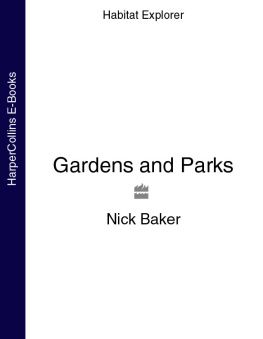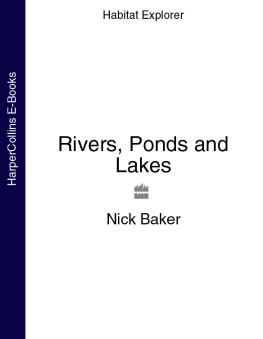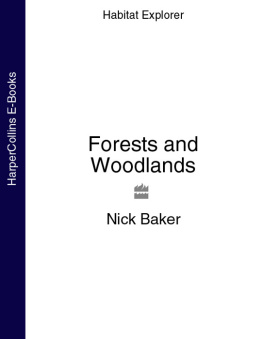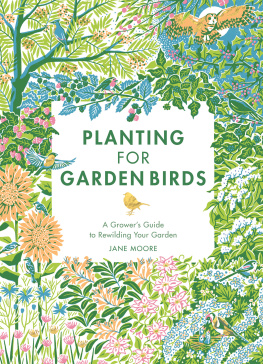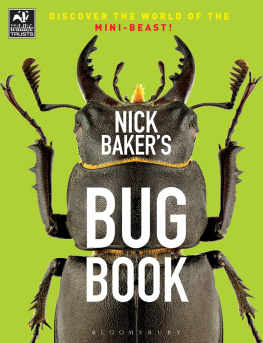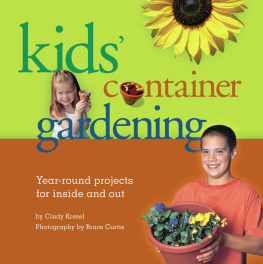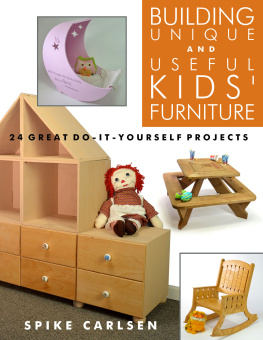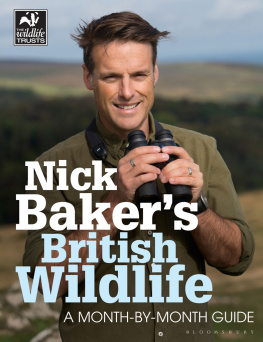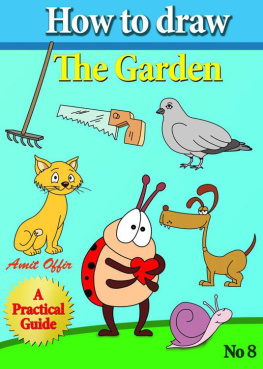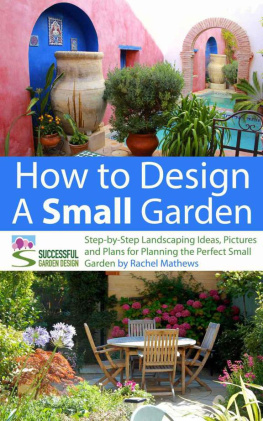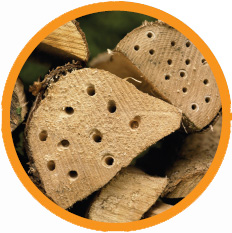For my niece Rowan and the many adventures we are yet to have.
First published in 2006 by
Collins, an imprint of
HarperCollinsPublishers
77-85 Fulham Palace Road
Hammersmith
London W6 8JB
www.harpercollins.co.uk
Collins is a registered trademark of HarperCollins Publishers Ltd
Text Nick Baker 2006
All rights reserved under International and Pan-American Copyright Conventions. By payment of the required fees, you have been granted the nonexclusive, nontransferable right to access and read the text of this e-book on-screen. No part of this text may be reproduced, transmitted, downloaded, decompiled, reverse-engineered, or stored in or introduced into any information storage and retrieval system, in any form or by any means, whether electronic or mechanical, now known or hereinafter invented, without the express written permission of HarperCollins e-books.
A catalogue record for this book is available from the British Library.
Editorial director: Helen Brocklehurst
Editor: Emma Callery
Designer: Sue Miller
Photographer: Nikki English, except for those pictures credited below
Flick book illustrations: Lizzie Harper
Editorial assistant: Julia Koppitz
Production: Graham Cook
Colour Reproductions by Dot Gradations Ltd, UK
Photograph credits (b = bottom, I = left, m = middle, r = right, t = top) Page 5 (): Daniel Heuclin/NHPA.
Source ISBN: 9780007207664
Ebook Edition DECEMBER 2013 ISBN: 9780007563456
Version: 2014-01-13
HarperCollinsPublishers has made every reasonable effort to ensure that any picture content and written content in this ebook has been included or removed in accordance with the contractual and technological constraints in operation at the time of publication.

The pagination of this electronic edition does not match the edition from which it was created. To locate a specific passage, please use your e-book readers search tools.
ants 623
aphids 589
bat box 367
bird bath 1819
bird food 1011
bird pudding 1213
bird table 1617
birds 827
bottle trap 645
bugs 4469
bumblebee box 301
butterflies 469
butterfly bar 489
caterpillars 501
chrysalis 51
droppings 423
earwig 45, 601
feeding birds 1011, 1213
footprints 43
handy stuff for exploring with 67
hedgehog home 389
insect footprints 35
ladybird 45
leaf miners 523
mammal observation box 401
meal worms 14
moth socks 545
moths 547
nest boxes 203
nest building 267
rain guage 245
robin, taming 1415
spider 45
starling 9
swallows 5, 9
wasp nest 323
web print 689
wood pile 345
worms 667
wren 9

What kit you will need to explore your garden or park with very much depends on what your patch is like. If you have a little back yard in the city with hardly enough space to swing a net, you will explore it differently to someone who has a mountain in theirs. Having said this, there is interest to be found in any garden from an estate to a window box, and so here are a few bits of kit that I would find useful when exploring.
Binoculars These are always very useful, especially if you want to watch the details of the lives of birds and other insects without disturbing them. A pair of binoculars may be quite expensive to buy, but they are invaluable to a serious naturalist.
Magnifying glass/pocket microscope Most things you can make or improvise with, but a hand lens is an essential bit of kit. It neednt be expensive and you can pick one up for pocket money. If you want to turn greenfly into monsters, though, you may need a pocket microscope. This is a bit more expensive, but worth every penny and still a fraction of the price of a Playstation!
Notebook and pen/pencil Another one of those naturalists staples, its always good to make notes, keep diaries and draw the things you notice. It is something all the great naturalists from Darwin to Bill Oddie have done. It is surprising just how much and quickly we forget details.
Plastic pots and jars These are a staple of any naturalist anywhere; handy for storing specimens, rearing insects or simply holding onto something while you inspect it with a magnifying glass. Plastic bags can do a similar job and you can keep a handful in your pocket at any time. They are useful for storing botanical plants and, if you blow them up and tie the tops with string, you can make temporary containers from them.
Sieves You may be surprised, but meshed scooping devices from sieves to tea strainers can make very handy little catching devices! They can be used like a net in water or modified into a pair of bug-catching tongs. Use larger sieves to sift through soil to find small creatures and moth pupae.
Trowel I find this handy for investigating the soil, exhuming worms and, of course, for re-digging any footprints you might leave on your parents flower beds. Its always a good idea not to upset those garden proud grown-ups.

Take my advice
* Because this book is about attracting things to your garden and providing homes and feeding stations, there is obviously plenty of creating to be done. This means there are sections and activities that involve hammers, nails, screws and even the odd drill and other power tools. These things can be a little tricky to use and can be dangerous.
* So before you start any of the projects, let a grown-up know what you are up to and, if you are using specialist tools, ask for help.
Feeding the birds is probably the single most popular way in which people interact with the natural world; from feeding pigeons on the park bench to the bird table in the garden. What you are doing is simply taking on the needs and requirements of the birds.
The ways you can present food to birds is becoming very big business, and by using the right mix and the right feeder in the right place, you can attract birds almost to order! But for now, heres a low-budget idea to get you going (see opposite).

Choose a variety of foods. Not all birds like eating the same things finches love seeds (niger and sunflower), tits are crazy about nuts, thrushes like fruit and woodpeckers love fatty, suet-based stuff.

